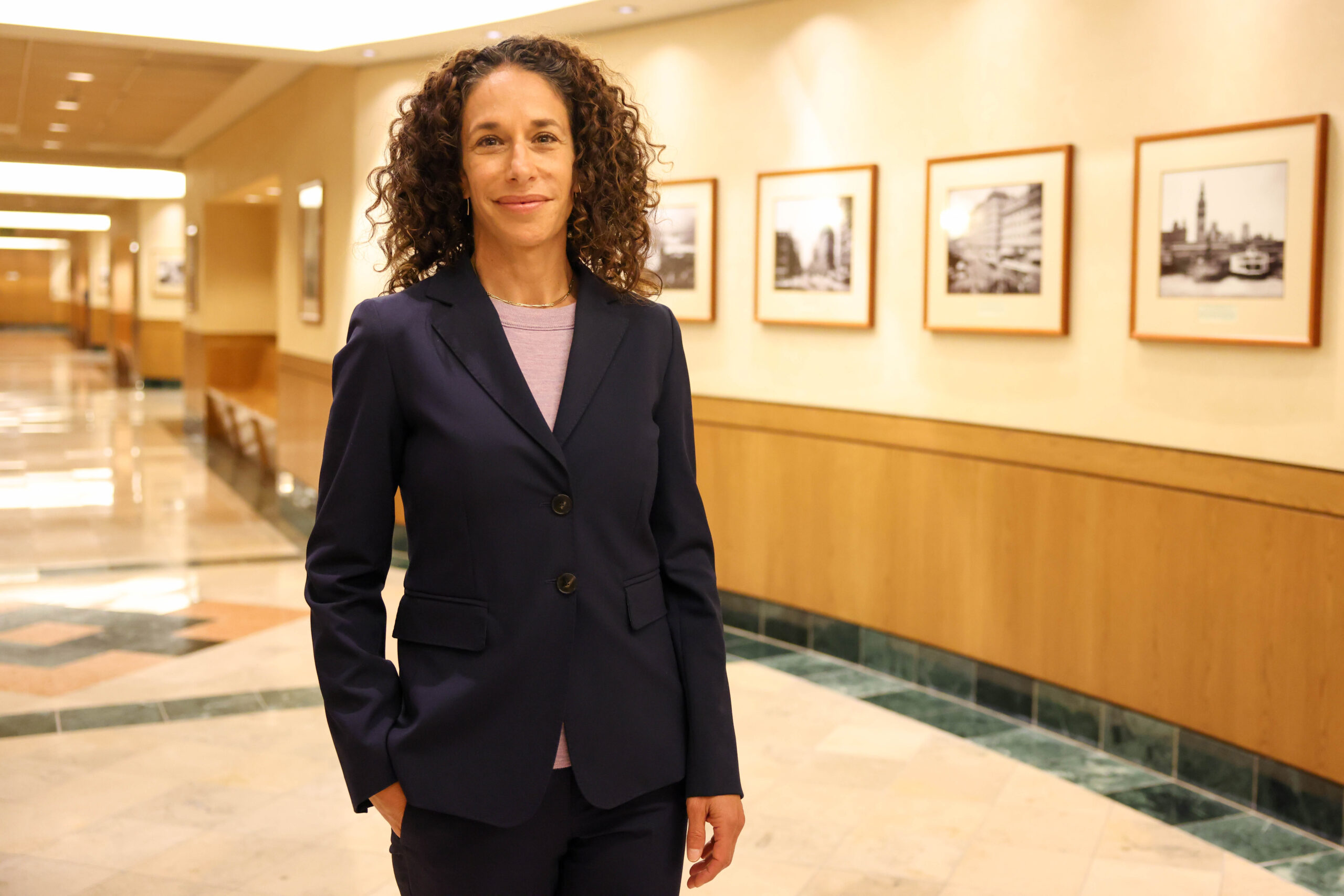Jodi Linker made history this past spring by becoming the first woman to helm the nation’s second-oldest Office of the Federal Public Defender.
Linker, 48, began working as a federal public defender in 2007 and was appointed as the Northern District of California’s federal public defender in early March. Her 73-person office represents defendants who can’t afford an attorney in federal district court. Many of them are alleged drug dealers arrested in the Tenderloin.
The Standard caught up with Linker to talk about criminal justice reform, immigration and the war on drugs. This interview has been condensed for brevity.
How did you end up doing this work?
I never thought I would end up in criminal defense. After working as a legislative aide for former U.S. Sen. Barbara Boxer, I studied law at Stanford. That was literally my first exposure to the criminal justice system. It was an eye-opening experience. But after clerking in the U.S. District Court, I was going to work in environmental law, but a judge intervened. Judge Charles Breyer called me into chambers and said that people don’t think about criminal justice issues the way I do. He said I needed to be a public defender. It was a total “a-ha” moment for me.
What does it mean to you that you’re the first woman in this role?
It’s important to have women in management positions, in positions of authority making decisions. But it also means so little because I don’t think I got this job because I’m a woman. I hope there will be a time when the fact that a woman heads such an agency won’t be newsworthy. Still, I understand intimately the struggles of other women, and hopefully can apply that experience to my leadership and law practice.
What has changed since Joe Biden took office?
One major shift is the decline of immigration cases. When I started in the office, a third to half of our cases were illegal reentry cases, which continued under the Obama administration. But in recent years, that’s changed. Another change is the new U.S. Attorney, Stephanie M. Hinds, participating in alternatives to incarceration, which her predecessor had abandoned.
How many fentanyl cases are you seeing?
There have certainly been more fentanyl cases these days. When I started we were seeing crack cocaine cases, cases with five grams of crack with a five-year minimum sentence. It was horrific. Then it shifted to methamphetamine cases. There’s still a steady stream of meth cases and a lot more fentanyl trafficking cases with a sprinkling of fentanyl death cases.
(In 2021 6.7% of her office’s cases involved fentanyl.)
Are law enforcement tactics against street-level dealing working?
All anyone needs to do is walk the streets of San Francisco to decide whether the current approach to drug enforcement is effective. The idea that prosecutions are going to solve all of these problems is just divorced from reality. Such tactics have not worked in the past and won’t work now. Throwing people in jail is not going to give them the help they need: better housing, better services, better schools, better mental health treatment, better child care.
To what degree is San Francisco a center of drug trafficking?
It’s happening across the country. All you have to do is read the news to see how widespread it is. There are fentanyl deaths happening everywhere. And it’s scary and it’s sad. While there are more prosecutions out of San Francisco County than out of the surrounding counties, the population of San Francisco is larger, so there are going to be more cases.
How has criminal justice reform impacted your work?
Federal prosecutors are showing some discretion in sentencing recommendations. I hope that continues because there are mandatory minimums under certain statutes that give judges no wiggle room. In addition to prosecutors, there are judges who actually look at an individual as an individual and think about what is going to make things better for the community and for that individual.There should be fair and reasonable sentences on an individual level, and a recognition that incarceration isn’t the only solution.
(In 2021, for instance, 100% of her office’s clients charged with drug trafficking made plea deals)
What are the biggest misconceptions about the federal court?
One of the biggest differences between the district attorney’s office and the U.S Attorney’s Office is mandatory minimums and charging decisions. A prosecutor can completely take things out of the hands of the judge with certain charges. The threat of a mandatory minimum is a real thing. Also, the jury pool in the district court is not simply from San Francisco, it’s pulled from across the district.
How would you describe most of your clients?
If we’re talking specifically about San Francisco, every one of our clients is poor. By definition, every one of our clients is poor, and the vast majority are people of color. Our clients are the folks who have been pushed aside, neglected, beat upon, hurt, and harmed. We get to give them a voice.
